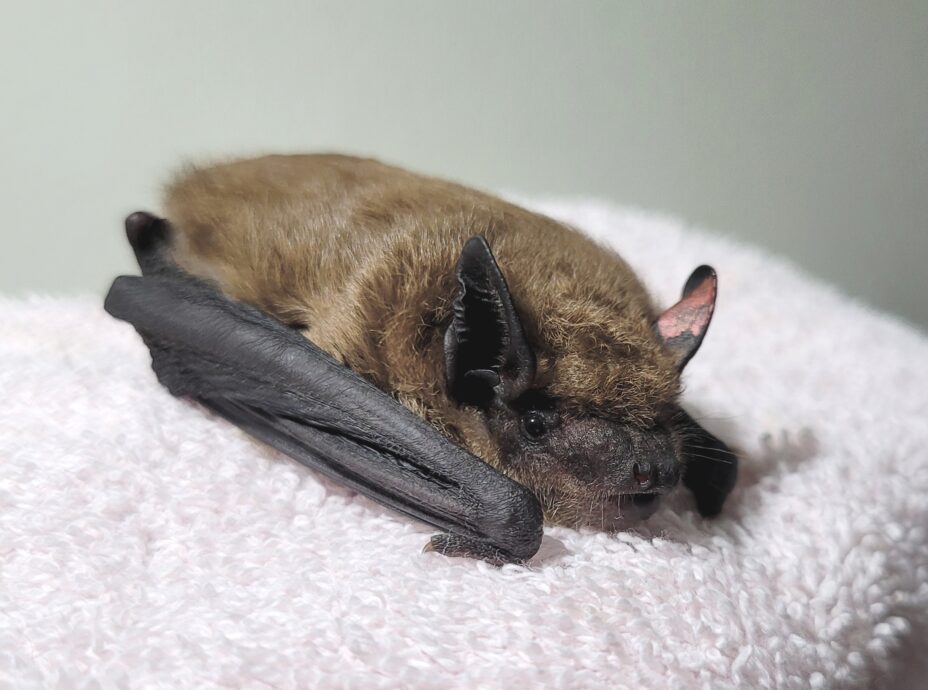San Diego Zoo Safari Park & San Diego Humane Society Reintroduces Eight Native Bats
San Diego Zoo Safari Park in partnership with San Diego Humane Society’s Project Wildlife program, found and rehabilitated eight native bats, then re-released the night dwellers back to the Safari Park. Some bats were re-released earlier this year, with the most recent one reintroduced on October 16, marking 2024 as the first year to re-release bats at the park.
After the seven big brown bats and one Yuma myotis were discovered at the Safari Park and the team determined they needed assistance, the bats were swiftly and carefully transported to the San Diego Humane Society’s Bahde Wildlife Center.
The furry fliers spent the next few days or weeks in rehabilitation, which included treatment by Project Wildlife’s veterinary staff and home care by a bat team member. For the pups that were found, part of their rehab included attending flight school to help build their flight muscles, safely exercise, practice catching insects, and build stamina and maneuverability.
The Safari Park is an excellent habitat for about 17 native bat species and currently has 17 bat houses (seven currently occupied) dispersed throughout the park, providing bats a safe place to roost. The Safari Park’s wildlife care team plans to install more bat houses as needed.
The Safari Park has maternity colonies—a group of female bats raising their young together—of big brown bats and Yuma myotis, making the Safari Park an important destination for this declining species. Considering that the current U.S. longevity record for a big brown bat in human care is 25 years, grandmothers and great-grandmothers return to the same summer maternity roost each year. Therefore, the Safari Park will serve as a vital hub for multiple generations of these flying mammals to nurture and raise their young.
Bats are instrumental to our ecosystems by keeping insect populations under control and by pollinating plants not just in the Safari Park’s Baja Garden but all over the world. About 70 percent of the world’s bat species are insectivores, consuming hundreds of tons of insect pests every night in the U.S. alone, saving farmers billions of dollars in reduced pesticide use and increased crop yield.
Although some native bats are declining due to habitat loss, heat, and drought, people living in bat populated areas can learn how to coexist to help increase numbers. Examples include turning off artificial lights at night, reducing pesticide use, and installing a bat house in their neighborhood. If they find a bat on the ground, immediately call a wildlife rehabber beforetrying to contain the bat, and never touch them with bare hands. If they have bats roosting in their house, contact a wildlife rehabber instead of pest control for humane relocation.
To learn more about how to coexist with bats, please visit sdhumane.org/coexist.

Category: Other







